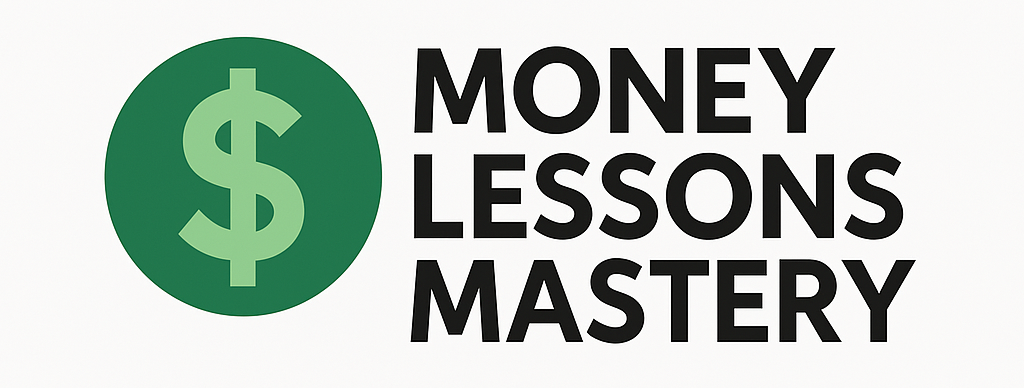Best Personal Finance Tools with the Most Integrations
If you manage your money across multiple platforms—bank accounts, credit cards, investment apps, bills, and crypto—integration power is key. The more a personal finance tool can connect with, the more streamlined and accurate your financial overview will be.
Here are the best personal finance tools with the most integrations, offering seamless syncing across your financial life:
🔗 1. YNAB (You Need A Budget)
Best For: Deep budgeting with strong bank integration support
Why It’s Great:
YNAB connects with thousands of banks and fintech accounts, helping you pull in transactions automatically while offering manual import for added control.
✅ Top Integrations:
- Bank and credit card accounts (via Plaid)
- Apple Pay, PayPal
- Tiller, Amazon (manual imports)
- Works with Alexa and Siri Shortcuts
💵 Price: $14.99/month or $99/year
🔗 ynab.com
📊 2. Empower (formerly Personal Capital)
Best For: Net worth tracking, investment syncing, and retirement planning
Why It’s Great:
Empower offers deep integrations with investment accounts, bank accounts, credit cards, and loans, pulling it all into one dashboard.
✅ Top Integrations:
- Banks, brokerages, and credit unions
- Retirement accounts (401(k), IRAs)
- Real estate tracking via Zillow
- Crypto tracking (manual)
💵 Price: Free
🔗 empower.com
🧾 3. Tiller Money
Best For: Spreadsheet lovers who want automated financial data feeds
Why It’s Great:
Tiller links to over 21,000 financial institutions via Yodlee and feeds transactions directly into Google Sheets or Excel.
✅ Top Integrations:
- All major banks and credit cards
- Google Sheets and Excel
- Built-in templates for net worth, debt payoff, FIRE
- Works with YNAB and budgeting formulas
💵 Price: $79/year (30-day free trial)
🔗 tillerhq.com
💰 4. Monarch Money
Best For: Couples or individuals who want a modern dashboard with wide integration
Why It’s Great:
Monarch syncs with thousands of institutions through Plaid, giving real-time access to your full financial picture.
✅ Top Integrations:
- Banks, investment platforms, loans, and mortgages
- Credit cards and crypto wallets (manual or via aggregator)
- Apple Pay, Venmo (via Plaid)
- Shared access for household budgeting
💵 Price: $14.99/month or $99/year
🔗 monarchmoney.com
🧠 5. Mint (by Intuit)
Best For: All-in-one tracking with wide compatibility
Why It’s Great:
Mint supports a huge range of banks, cards, and financial institutions and automatically categorizes transactions.
✅ Top Integrations:
- Over 16,000 U.S. and Canadian institutions
- Bills, subscriptions, and credit scores
- Integration with Intuit (TurboTax, QuickBooks)
💵 Price: Free (ad-supported)
🔗 mint.intuit.com
📈 6. Simplifi by Quicken
Best For: Modern budgeting and wealth tracking with strong connectivity
Why It’s Great:
Simplifi uses Quicken’s powerful integration engine to sync a wide range of financial accounts in real time.
✅ Top Integrations:
- Banks, loans, credit cards
- Investments and retirement accounts
- Recurring bills and income streams
- Connects with Quicken desktop tools
💵 Price: ~$3.99/month (billed annually)
🔗 quicken.com/simplifi
🔐 7. Copilot (iOS Only)
Best For: Apple users who want clean, smart data syncing and automation
Why It’s Great:
Copilot uses Plaid to connect with most major institutions and delivers slick categorization with minimal user input.
✅ Top Integrations:
- Thousands of banks and credit cards
- Apple Card, Apple Pay
- Crypto and brokerage accounts (some manual)
- iCloud and Apple Health (indirect)
💵 Price: $8.99/month or $69/year
🔗 copilot.money
📲 8. Emma
Best For: Tracking spending, subscriptions, and investments with multiple data sources
Why It’s Great:
Emma connects with a wide range of financial tools, including crypto wallets, investment accounts, and budgeting apps.
✅ Top Integrations:
- Bank accounts, credit cards, loans
- Crypto wallets (Coinbase, Binance, etc.)
- PayPal, Wise, and Monzo
- Budgeting and subscription tracking
💵 Price: Free basic; premium plans start at ~$4.99/month
🔗 emma-app.com
💼 9. Quicken Deluxe
Best For: Desktop-based power users needing full financial integrations
Why It’s Great:
Quicken has one of the broadest integration networks, pulling in data from nearly any financial source—including legacy systems.
✅ Top Integrations:
- Banks, brokerages, loans, retirement accounts
- Bill pay and bank direct connect
- Integrates with TurboTax, Excel, and desktop backups
💵 Price: Starts around $59.99/year
🔗 quicken.com
💡 10. Zoho Expense (for Personal + Business Use)
Best For: Tracking personal and business expenses in one place
Why It’s Great:
Zoho offers deep integrations with bank accounts, cloud storage, accounting tools, and mobile apps—great for solopreneurs and freelancers.
✅ Top Integrations:
- Bank feeds and credit cards
- Google Drive, Dropbox, and Evernote
- QuickBooks, Xero, Zoho Books
- Custom APIs for further extensions
💵 Price: Free for personal use; business plans start at $3/user/month
🔗 zoho.com/expense
Final Thoughts
If integrations matter most to you, choose a tool that works with your entire financial ecosystem.
- For broad account syncing: Empower, Mint, or Monarch Money
- For spreadsheet power: Tiller Money
- For investment and retirement focus: Empower, Quicken, or Simplifi
- For custom and manual control: YNAB and Copilot
No matter your system, better integration means fewer logins, more clarity, and smarter financial decisions.
